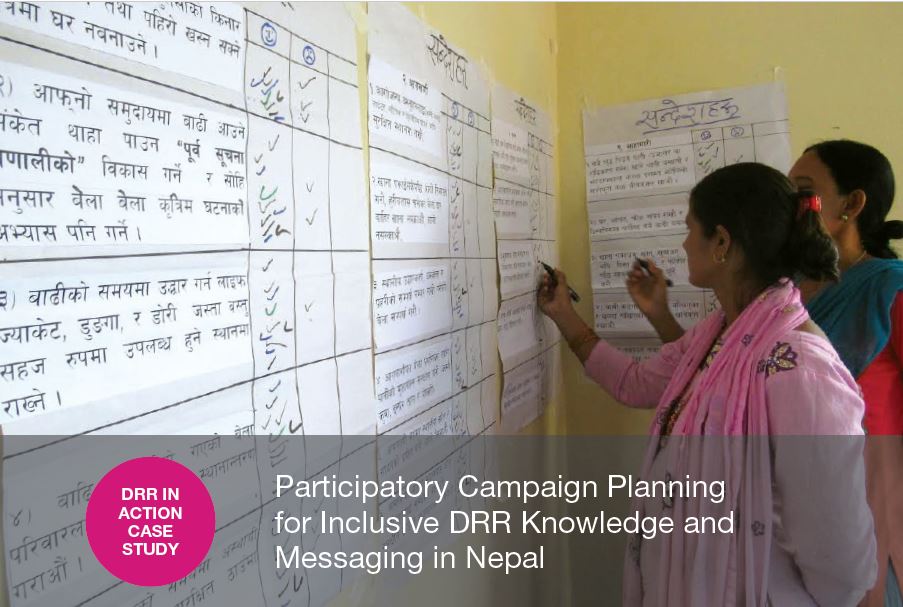Disaster preparedness and response: building up from the ground up
The concept of National Disaster Response Teams (NDRTs), known in some contexts as National Intervention Teams, has evolved as the International Red Cross and Red Crescent Movement seeks the most appropriate and effective mechanisms to address the challenges it faces in its disaster preparedness and response work. A good illustration of this evolution can be found in South Asia, where National Societies have embraced the concept and have contributed to its ongoing development. The formulation of minimum standards related to various aspects of the NDRTs’ selection, training and work has also helped to improve their performance and to define their role in emergencies. Published in 2008.

